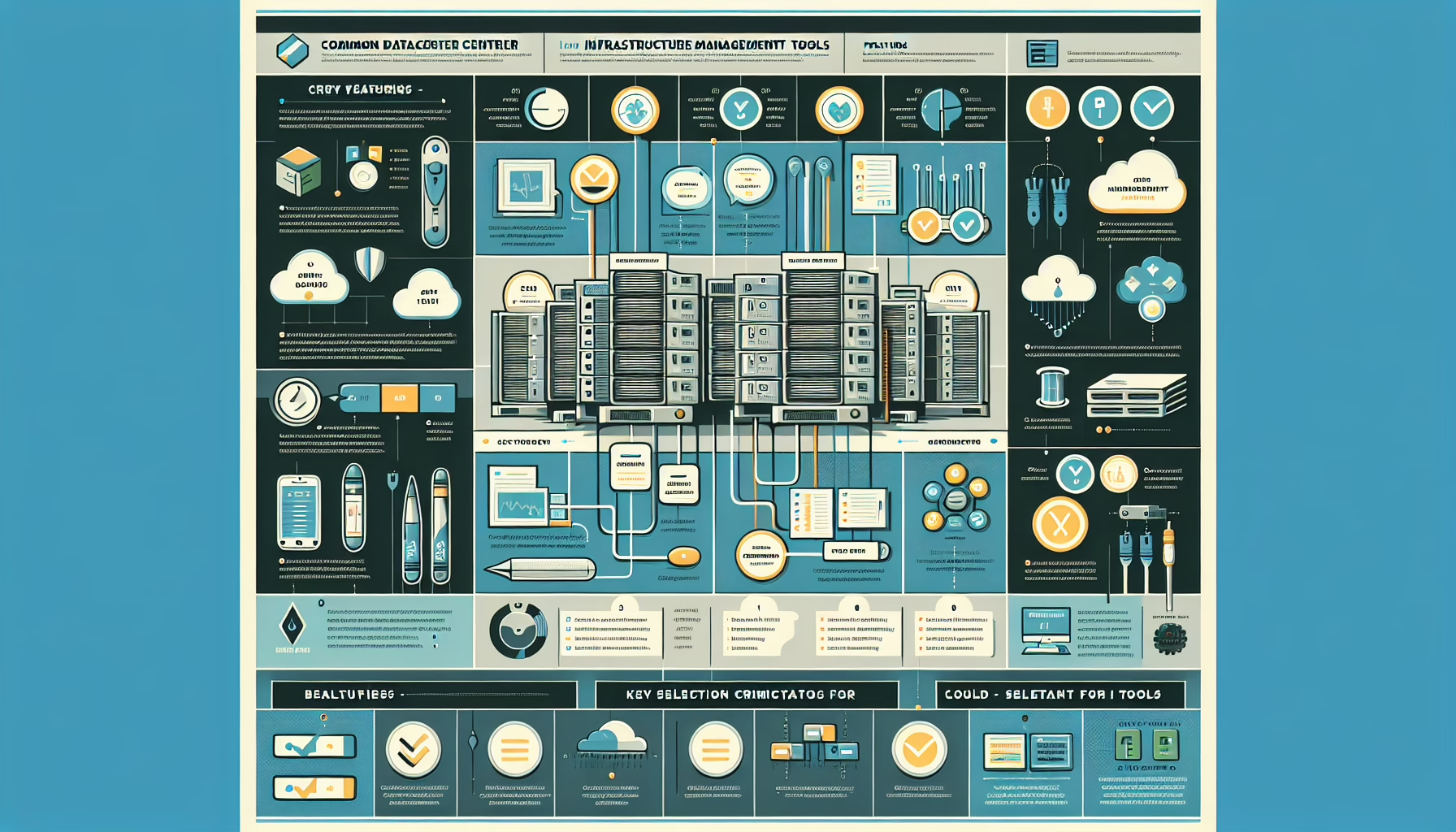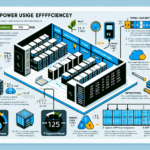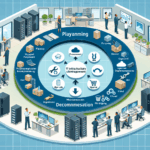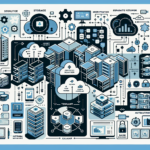Datacenter Infrastructure Management (DCIM) tools are essential for monitoring, managing, and optimizing the physical and virtual infrastructure within a data center. Here are some of the common DCIM tools used in the industry:
1. Schneider Electric EcoStruxure IT
- Features: Provides real-time monitoring, predictive analytics, and remote management capabilities. It helps optimize power usage, cooling, and overall data center efficiency.
- Highlights: Cloud-based monitoring, vendor-neutral platform, and mobile access for visibility into distributed environments.
2. Vertiv Trellis
- Features: Offers power, cooling, and space management, along with real-time monitoring and analytics.
- Highlights: Integrated with capacity planning and workflow management, enabling proactive operations.
3. Sunbird dcTrack
- Features: Focuses on asset management, capacity planning, cabling, and connectivity visualization.
- Highlights: Easy-to-use interface, integration with ITSM tools, and robust reporting.
4. Nlyte Software
- Features: Provides asset lifecycle management, capacity planning, and energy optimization.
- Highlights: Integrates with CMDBs (Configuration Management Databases) and IT workflows.
5. Panduit SmartZone
- Features: Monitors power, environmental conditions, and physical security within data centers.
- Highlights: Focuses on energy efficiency and compliance with sustainability goals.
6. Eaton Visual Capacity Optimization Manager (VCOM)
- Features: Offers power monitoring, rack management, and capacity planning.
- Highlights: Vendor-neutral tool with a focus on power and environmental monitoring.
7. Device42
- Features: Asset management, dependency mapping, and auto-discovery of devices in the data center.
- Highlights: Integrates with ITSM and orchestration tools for dynamic data center environments.
8. FNT Command
- Features: Offers full lifecycle management for assets, connectivity, and capacity planning.
- Highlights: Focuses on optimizing utilization of resources and streamlining operations.
9. OpenDCIM
- Features: Open-source DCIM tool for basic asset tracking, power monitoring, and capacity planning.
- Highlights: Free and customizable, though it may lack advanced features compared to commercial solutions.
10. ABB Ability Data Center Automation
- Features: Includes monitoring, predictive analytics, and automation tools for data center operations.
- Highlights: Focuses on energy management and operational efficiency.
11. Cisco UCS Manager
- Features: Designed for managing Cisco Unified Computing Systems, including servers, storage, and networking.
- Highlights: Strong integration with Cisco hardware but specific to Cisco environments.
12. IBM Data Center Infrastructure Management
- Features: Monitors and analyzes power usage, cooling, and environmental factors.
- Highlights: Provides insights into energy efficiency and sustainability.
13. Rackwise DCiM
- Features: Manages assets, capacity, and energy usage in data centers.
- Highlights: Focuses on reducing operational costs and improving uptime.
14. APC InfraStruxure
- Features: Monitors power, cooling, and environmental factors in data centers.
- Highlights: Seamless integration with APC hardware and focus on energy efficiency.
15. Zabbix (Extended for DCIM Use Cases)
- Features: Open-source tool typically used for network and server monitoring, but can be extended for DCIM needs.
- Highlights: Highly customizable and scalable, but requires manual configuration for DCIM-specific tasks.
Key Selection Criteria for DCIM Tools:
When choosing a DCIM tool, consider the following:
– Scalability: Can it handle large, distributed environments?
– Integration: Does it integrate with other tools (e.g., ITSM, CMDB, virtualization platforms)?
– Ease of Use: Is the interface user-friendly, and does it simplify complex operations?
– Vendor Neutrality: Does it support multi-vendor environments?
– Cost: Is the tool cost-effective, given your data center’s needs?
– Features: Does it meet your requirements for power, cooling, asset management, and environmental monitoring?
Each tool has its strengths, so evaluate based on your specific data center requirements and goals.
We are using Sunbird as DCIM, and it meets all our needs.

Ali YAZICI is a Senior IT Infrastructure Manager with 15+ years of enterprise experience. While a recognized expert in datacenter architecture, multi-cloud environments, storage, and advanced data protection and Commvault automation , his current focus is on next-generation datacenter technologies, including NVIDIA GPU architecture, high-performance server virtualization, and implementing AI-driven tools. He shares his practical, hands-on experience and combination of his personal field notes and “Expert-Driven AI.” he use AI tools as an assistant to structure drafts, which he then heavily edit, fact-check, and infuse with my own practical experience, original screenshots , and “in-the-trenches” insights that only a human expert can provide.
If you found this content valuable, [support this ad-free work with a coffee]. Connect with him on [LinkedIn].




